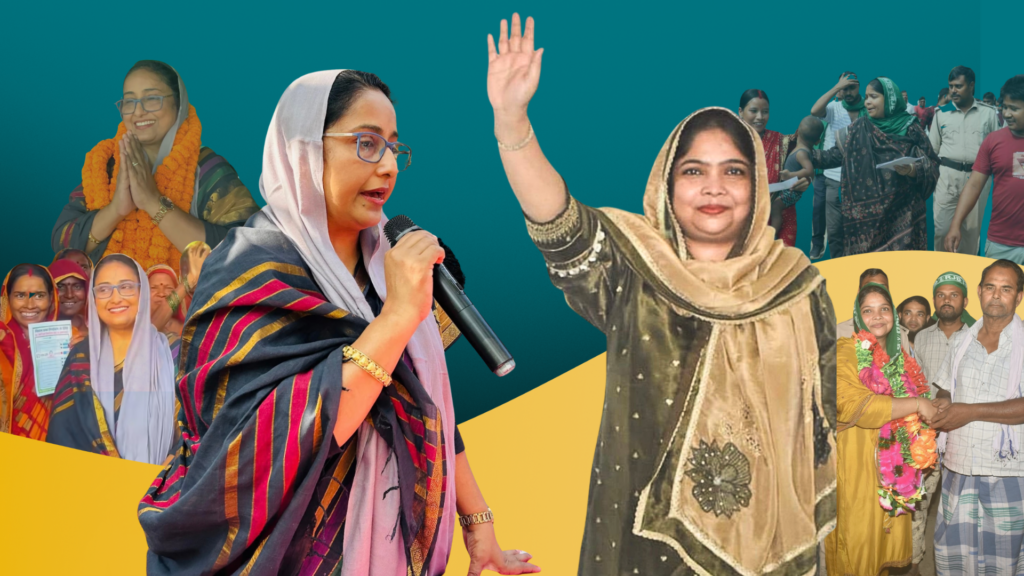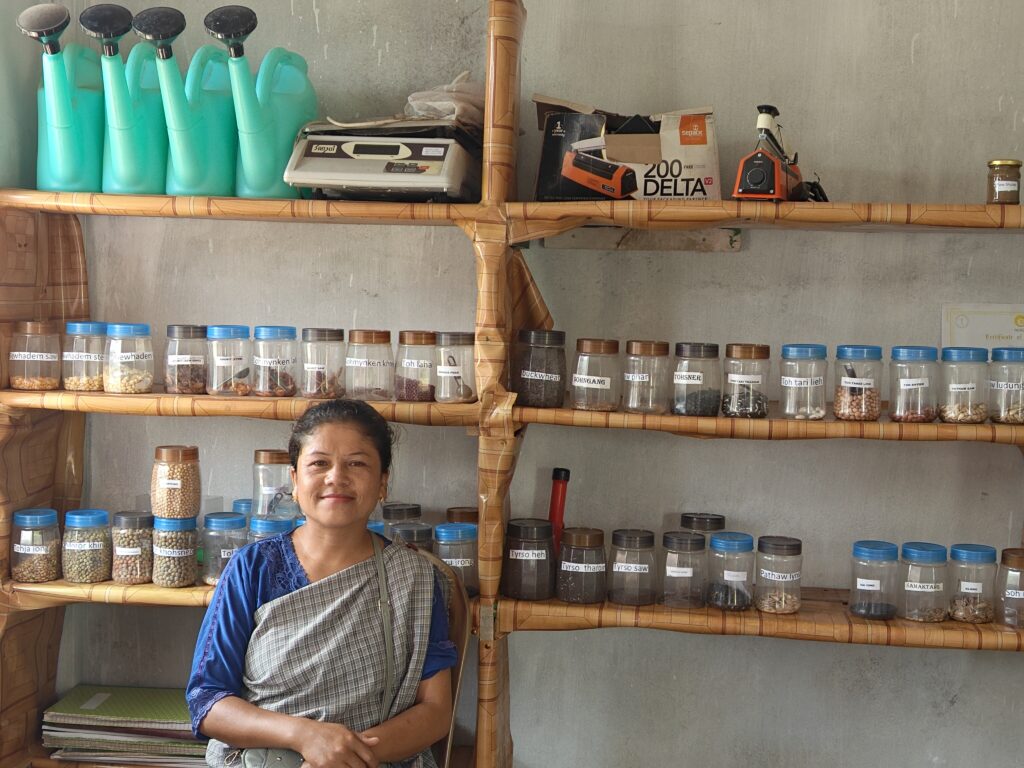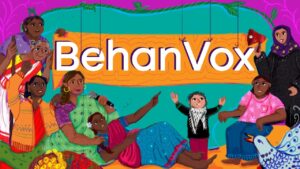The Bihar assembly election results are out and Nitish Kumar is all set to return as Chief Minister for a 5th term, joining the canon of some of the longest serving chief ministers like Pawan Chamling, Naveen Patnaik and Jyoti Basu. The National Democratic Alliance swept the polls securing 202 of the 243 seats. There is a marginal rise in women MLAs from 26 in 2020 to 28 in 2025. Once again, there is no Muslim woman MLA.
It was a particularly interesting election for us at BehanBox because it is now a widely acknowledged fact that women hold considerable electoral clout in the state’s electoral politics. With high levels of migration among men, it is the women who are the target of a lot of party campaigns. Consider Nitish Kumar government’s pre-poll promise of what is called the ‘das-hazari’ scheme, Rs 10,000 transferred to over 1.2 crore women in the state under the Mukhyamantri Rojgar Yojana. There have been interesting analyses of the role of the das hazari scheme in placing Nitish back in power (here and here). And a throwback to Nitish’s popular and empowering scheme of cycles for girls.
Predictably, the percentage of women contestants has also seen a rise from 6% in 2005 to 10% in 2025. As has the number of women elected as MLAs–from 17 (8%) in 2005 to 26 (11%), with the highest ever elected in 2010 (32). But even in this landscape, Muslim women are barely visible – in these years, only two Muslim women were elected to the legislature.
With a green gamchha bearing the lantern symbol of the Rashtriya Janata Dal draped over her head like a dupatta, Ishrat Parween rode pillion on a Royal Enfield through the villages of Pranpur assembly constituency in Bihar’s Katihar district. In the last leg of her campaign, she was determined to make every visit count. Starting early from her home in Malikpur Nimoul, she spent the day meeting voters across a dozen villages, listening, talking, and asking for their support. By evening, the heat and exhaustion would catch up with her, but she refused to slow down with the election just days away.
A hundred kilometers away, Shagufta Azim of the Janata Dal (United) crisscrossed the last remaining villages in Araria constituency.
Shagufta and Ishrat were the only two Muslim women candidates fielded by the two main alliances — the ruling National Democratic Alliance and the opposition Mahagathbandhan (grand alliance). Muslims make up 17.7% Bihar’s population, yet political parties have rarely offered proportional representation to the community.
Shagufta attributes Nitish Kumar’s decision to give fewer tickets to Muslim women to the pressures of coalition politics. “But it will be my focus to increase the representation of women and especially Muslim women. We will win and raise this issue in the cabinet. Inshallah,” she said.
They come from very different worlds and this is reflected in their campaign styles. Ishrat is deeply rooted in her rural community, while Shagufta’s outlook is shaped by her urban upbringing and education. Yet, their political journeys share a common arc– they rose from grassroots panchayat politics in the Seemanchal region to the high-stakes arena of state politics. Their struggle is to get even harder now – both lost the assembly election.
Tanzil Asif takes a close look at the political careers of the two women contestants.
Read our story here.






